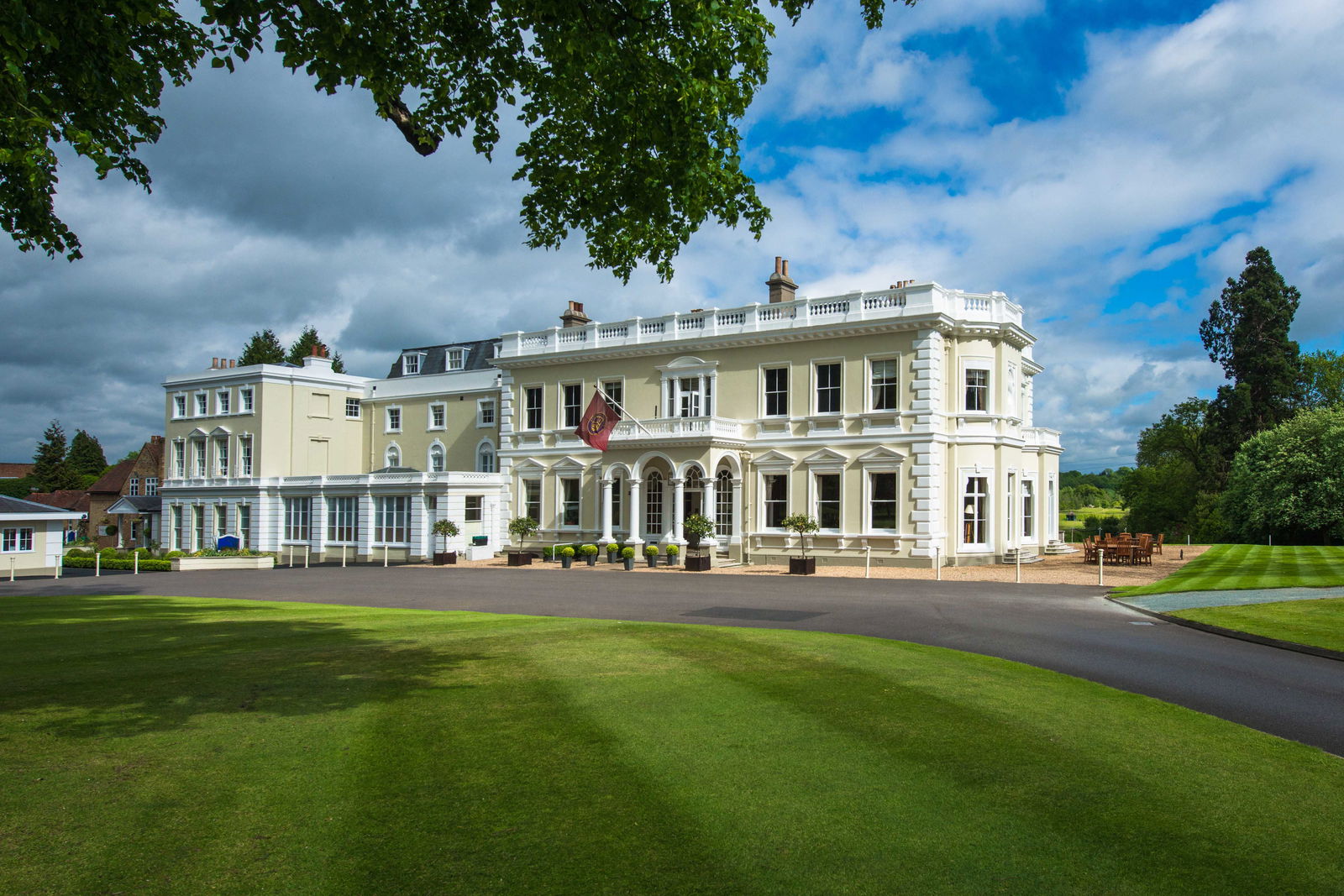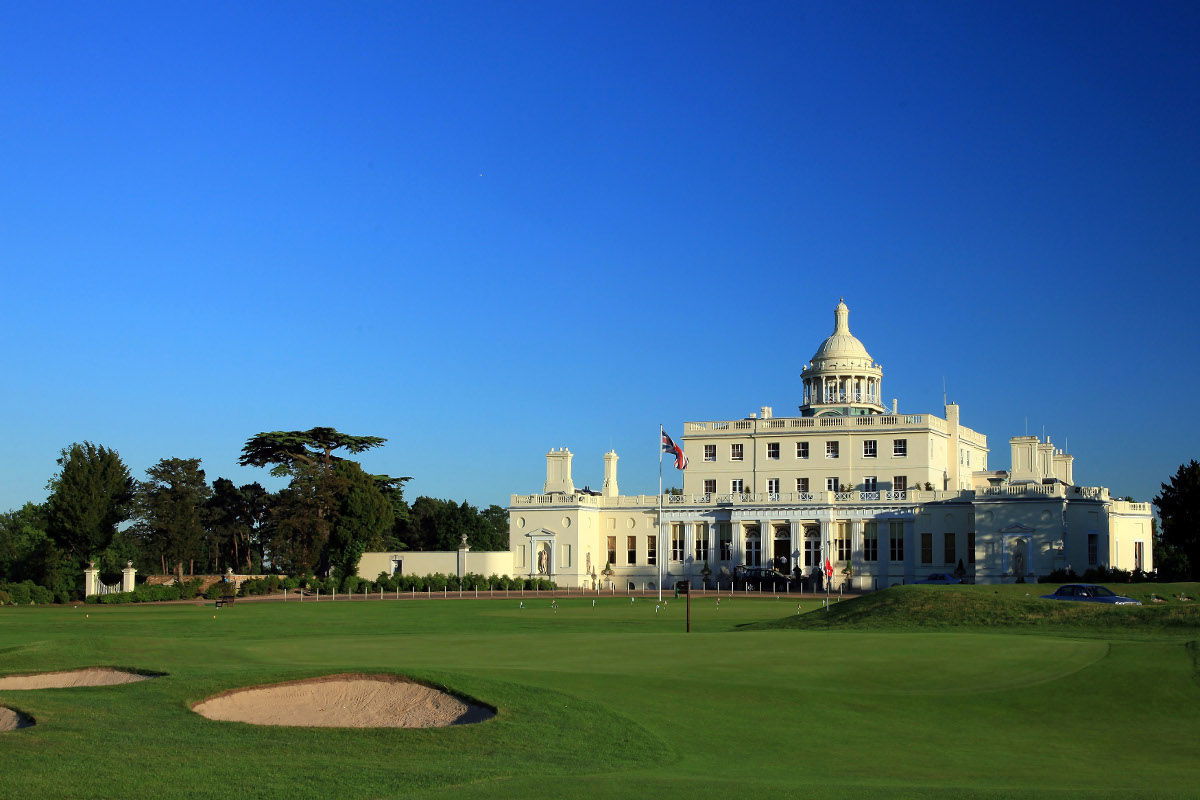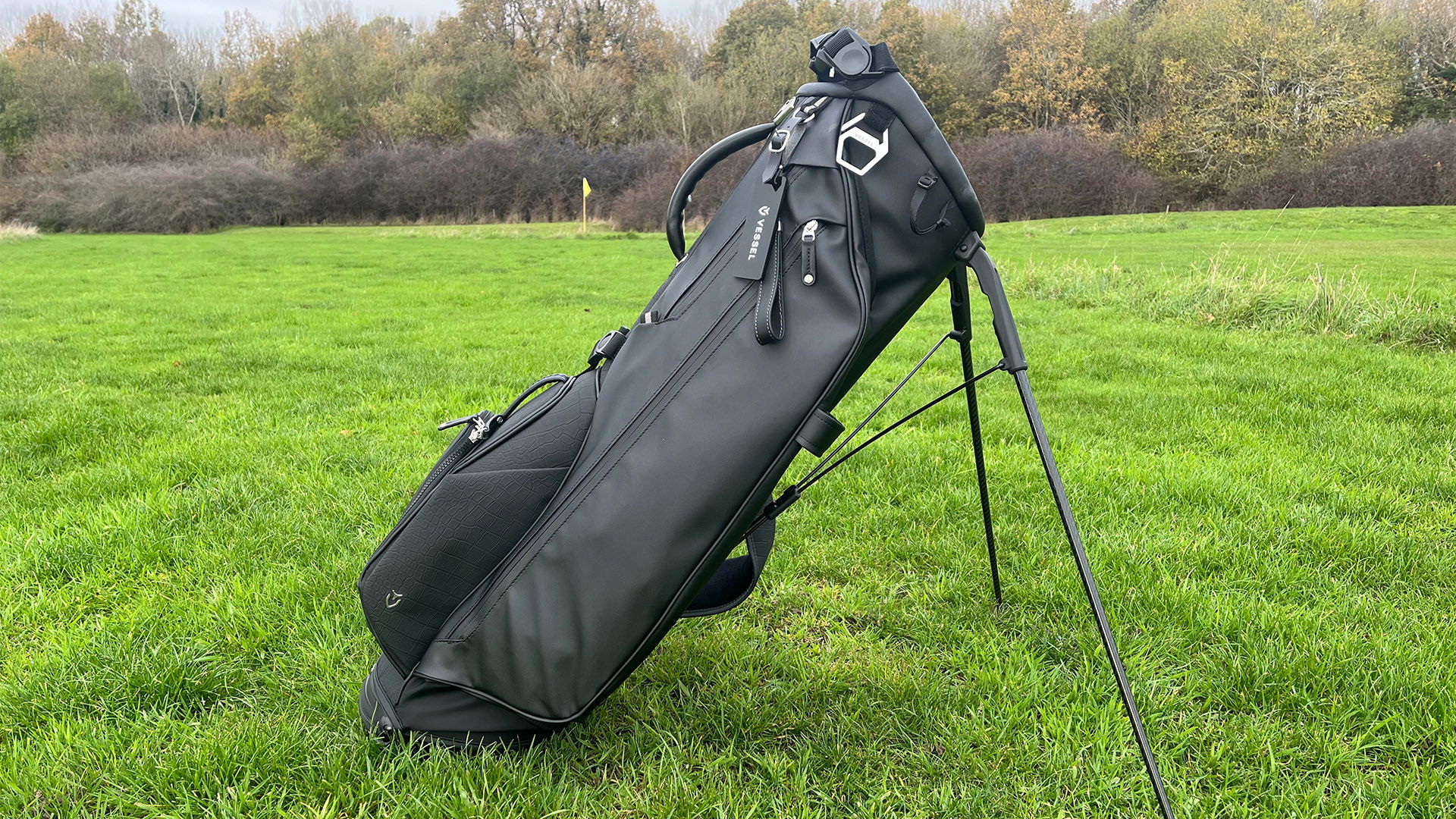Little Aston Golf Club: review
Little Aston Golf Club review: pristine parkland is a Midlands' masterpiece
Just eight miles from the concrete jungle that is Birmingham, lies Little Aston Golf Club. LIttle by name, but a giant in stature.
Entrenched in history, highlighted by the mesmeric memorabilia on show in the clubhouse, Little Aston was designed in 1908 by Harry Vardon, who was reputedly paid 10 guineas for his work. The famous architect's design stands vastly untouched, bar four holes, to this day.
Vardon's canvas was 136 acres of parkland paradise, in the form of Little Aston Hall, which the club has expanded over the years.
The approach to the club is Wentworth-esque - if a slightly muted version - with opulent properties, replete with Augusta-green grass, lining the drive.
We played Little Aston in March, and while this time of year is full of hope for golfers as summer beckons, in reality it usually brings a month of sodden fairways and overworked waterproofs.
Alas, the sun did not shine (much) on our visit, but the fairways were dry, and kept in superb condition. After months of being drenched in murky backwash following iron shots, it was a welcome respite (although, it didn't seem to aid my game).
The greens are large with subtle gradients, and roll fast and true. Little Aston has the most impressive practice putting green I have ever seen, to boot. Kept in excellent condition, players can make their way around the miniature course, all the while enjoying the bountiful flower arrangements that surround and intertwine the course.
The bunkering at Little Aston is some of the best I have experienced, and is perhaps the club's crowning feature. With large sand traps littering fairways on almost every hole, players are forced to think about what club and shot to hit in forensic detail.
As you would expect, bunkers also protect numerous greens, some of which boast demonstrative lips. The design shows you can protect par adequately without doglegging in every direction, and plonking water on every hole.
While the par fours don't offer too much in the way of free shots, the par fives can be attacked - long hitters should be circling them on the scorecard.
The third hole, measuring 514 yards from the blue tees, is easily reachable in two, depending on wind and the tee shot. The 12th hole, measuring 485 yards, offers risk and reward in equal measure. A booming drive leaves a mid-to-long iron into the green for most, but a well-placed bunker swallows tee shots, while water guards the left side of the green. Two laser-like shots will bring an eagle chance, anything less could spell trouble.
The par-four 17th is our favourite hole. This 380 yard tester requires only an iron or hybrid off the tee, or a driver if players cannot carry 280 yards - the distance at which a bunker awaits. From here, the sloping ground promotes a draw, meaning the next shot must be controlled as water protects three quarters of the green on the left side.
Fittingly, the 18th green is guarded by a large bunker that stretches across the entirety of the fairway.
Verdict
This pristine parkland layout is playable all year round, boasting manicured fairways and true greens.
Interestingly, bunkers prove the standout defence, and will cause players to ponder tee shots and approaches on almost every hole.
This Vardon design will keep you coming back for more, with many of its subtle nuances only becoming apparent after multiple visits. A Midlands' masterpiece.
Length: 6,813 (blue tees) 6,704 (whites) 6,420 (yellows) 5,762 (reds)
Par: 72
Green fees: £55-£95
Head to the Little Aston website for more information.





![Paige Spiranac [Instagram]](https://cdn.golfmagic.com/2025-12/paige-12222.jpg?aspect_ratio=16:9)





